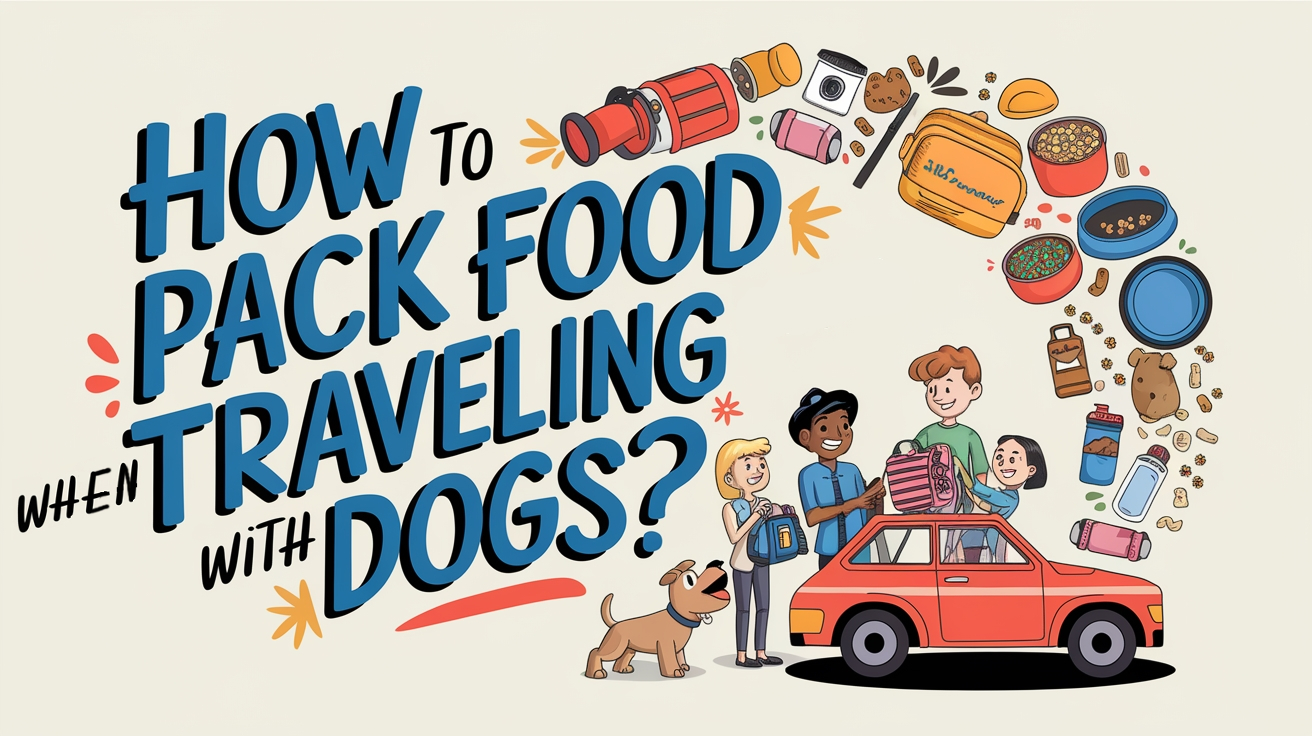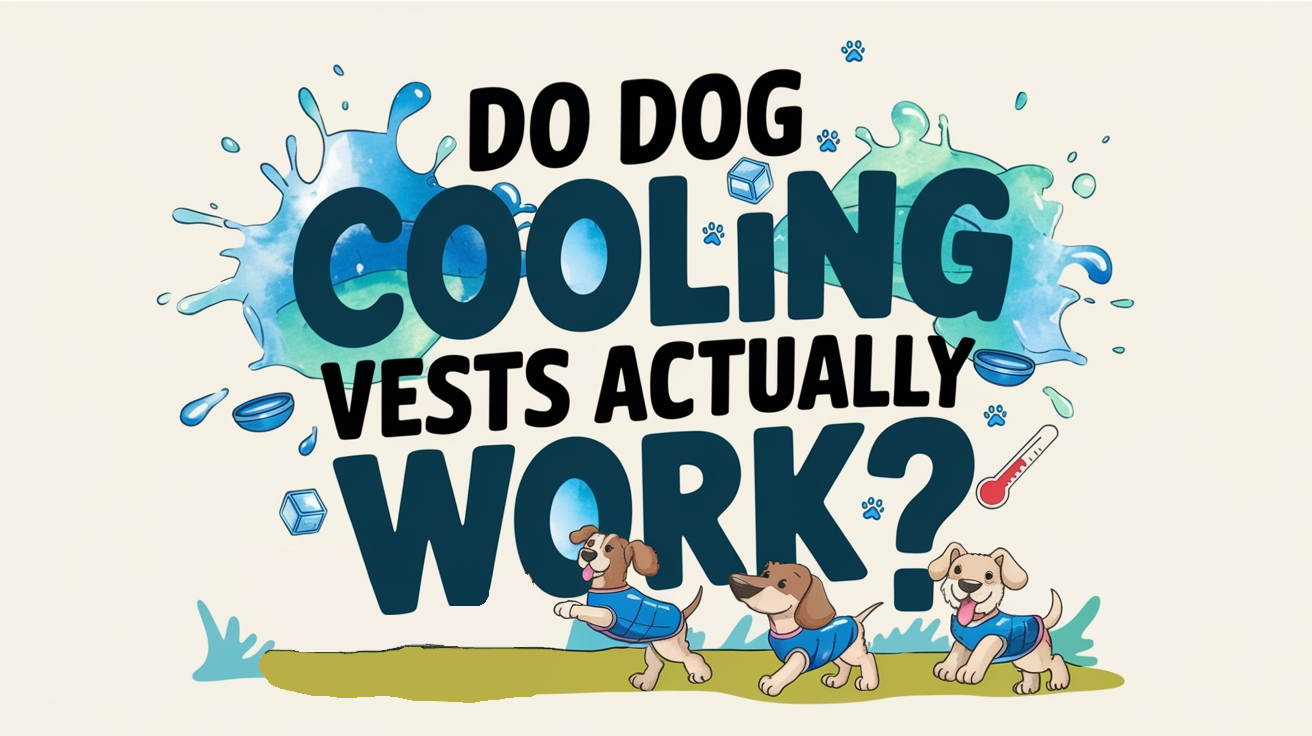As you step back in time to embrace nature with your pup, remember that the pastoral scene can harbor hidden dangers. You’re the steward of your dog’s health, and while camping may promise fun, it also presents risks that you’re responsible for mitigating.
Common injuries like paw cuts, heatstroke, and insect bites can turn a joyful outing into a distressing experience. You’ve got to be vigilant, watching for signs of distress such as limping or whining, which may indicate an injury. Knowing how to manage these injuries and having a canine first aid kit can make all the difference.
Your preparedness ensures that your dog enjoys the camping experience as much as you do, with safety being your top priority.
Foot Pad Injury
Camping with your dog can lead to foot pad injuries due to rough terrain and hidden sharp objects. If your dog limps or licks their paws a lot, they might’ve a foot pad injury. Check their pads for cuts, punctures, or abrasions. Clean the paw with water to remove any dirt, and apply pressure to stop bleeding. Remove foreign objects with tweezers. Then, apply antibacterial ointment and bandage the paw.
Doggie boots can help protect their paws during outdoor activities. Quick attention can help your dog recover and continue enjoying the outdoors.

Musculoskeletal Injuries
On a camping trip, be aware that your dog is at risk of musculoskeletal injuries such as sprains or fractures, particularly after intense activities or mishaps. If your dog begins to limp or appears to be in pain, it’s important to respond with care.
Carefully check the area for swelling or unusual shapes, but avoid forcing the limb to move if your dog resists or is clearly in pain. Rest is important, so try to keep your dog still and comfortable.
In case of a suspected fracture, use a temporary splint to stabilize the limb. Don’t give any medication before speaking with a vet, as some medications safe for humans can harm dogs.
Keep your vet’s contact information close by for immediate guidance and get professional medical attention at the earliest opportunity.
Managing Heat Stroke
After addressing any potential musculoskeletal injuries your dog may have sustained while camping, it’s essential to be aware of the risk of heat stroke, particularly in hot environments or during warm weather. This serious condition can develop quickly and requires immediate action to ensure your dog’s safety.
Here are the steps you should take:
- Immediately move your dog to a shaded or air-conditioned space.
- Apply cool (not too cold) water to their body, focusing on the neck and underarms.
- Let them drink small amounts of water, but don’t force them.
- Call a veterinarian as soon as possible, even if the dog seems to get better.
Quick action is critical in preventing severe damage or worse, so remain alert and ready to respond.
Sunburn Care for Dogs
When you’re managing your dog’s health on camping trips, remember that dogs can get sunburned, just like humans. If your dog’s skin appears red and tender, it’s crucial to respond immediately.
Clean the area with cool water and apply a dog-safe aloe vera gel for relief. Don’t use sunburn treatments designed for humans, as they may be harmful to dogs.
Provide shade and ample water to ensure your dog stays hydrated. To prevent sunburn, use sunscreen made for pets on sensitive areas such as their nose and ears.
For serious sunburn, it’s important to seek advice from your veterinarian.
Tick Prevention and Removal
Your dog’s camping experience can be marred by ticks, which aren’t only bothersome but also potential carriers of illnesses like Lyme disease. To keep your dog safe and happy outdoors, adhere to these vital steps:
- Use tick repellents or treatments that your vet has approved before you go camping.
- Check your dog for ticks every day, giving extra attention after time spent in wooded or grassy areas.
- If you find a tick, remove it quickly and properly with fine-tipped tweezers by gripping it close to where it enters the skin.
- Ensure your dog’s vaccinations are current, and get the Lyme disease vaccine if it’s advised for your region.
With these measures, you can help your dog remain in good health throughout your camping trips.

Stings and Bites
While camping with your dog, it’s crucial to be mindful of the dangers from stings and bites. If your dog is bitten by a snake, it’s an urgent situation that may be fatal.
Watch for symptoms such as swelling, redness, and pain, and be prepared to take your dog to a veterinarian immediately.
Responding to Snake Bites
Why should you be particularly vigilant about snake bites while camping with your dog?
Snake bites can be life-threatening, especially if the snake is venomous. Your dog may not realize the danger and could be bitten out of curiosity or while trying to play with or catch the snake.
Here’s what you should do if your dog gets bitten:
- Keep calm and immobilize the bitten area.
- Don’t attempt to suck out the venom or apply a tourniquet.
- Carry your dog to prevent the spread of venom, if possible.
- Get to a veterinarian as quickly as you can.
Time is of the essence, and quick, composed action can make all the difference in your furry friend’s survival.
Conclusion
As you wrap up your camping trip, remember that keeping your pup safe is your top priority. Always check their paws for injuries, watch for limping, and stay vigilant about overheating.
Protect them from sunburn, ticks, and the dangers of stings and bites. You’re their hero in the wilderness, equipped with knowledge and a first aid kit.
Here’s to many more adventures with your furry friend, safely exploring the great outdoors together. Stay prepared, and happy trails!



